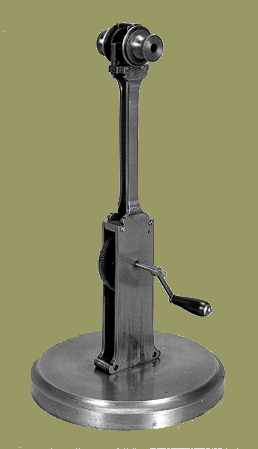 |
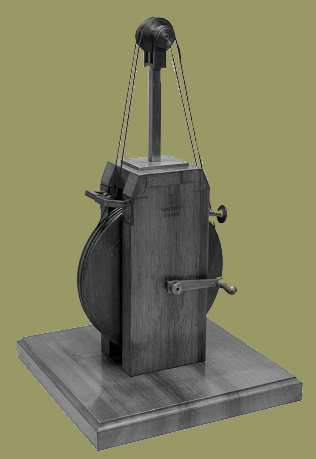 |
Between 1830 and 1836 several short papers are published in relation
to visual perception. In 1849 all this results in three very elaborate
review papers "Deuxième (troisième en quatrième)
note sur de nouvelles applications curieuses de la persistance des
impressions de la rétine" in which Plateau goes further
into the matter of the angular velocities of the revolving anorthoscopic
discs and the discs with slits. |
| Brass anorthoscope with adjustable
relative angular velocities. |
Wooden anorthoscope built by the Ghent instrument maker J. Van Hese. |
|
gggg
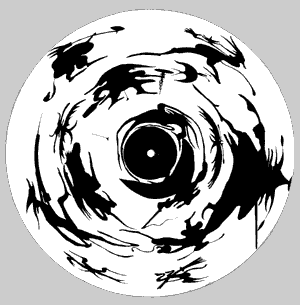 |
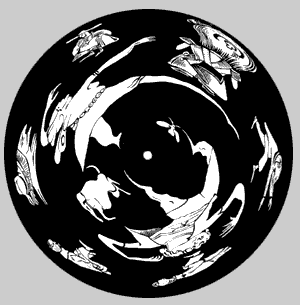 |
Anorthoscopic discs
Collection J.Plateau, Ghent
Anorthoscopic discs can be made in two versions: a drawing on a white
background, or a drawing on a black background. The drawings on white
background must revolve behind a (revolving) slit in a black disc. The
normal figure then is a black drawing on a light background. To view the
drawings on a black background, a luminous slit must revolve behind the
(revolving) disc with translucent drawing. The normal image then is white
on a black background. The discs for use in transparency are made in different
densities (oil lamps are very weak light sources!). The discs are made
translucent by impregnating them on the back with oil and then applying
a layer of varnish on both sides. This is a tedious process, and not really
suited for mass production. Hand-coloured discs are also made.
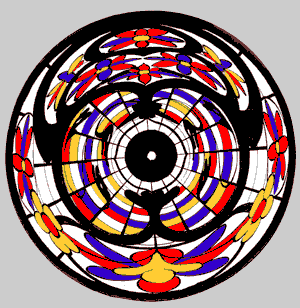 |
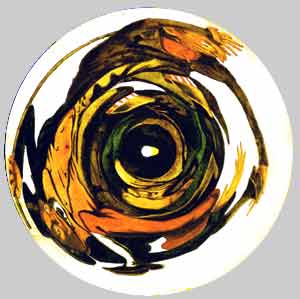 |